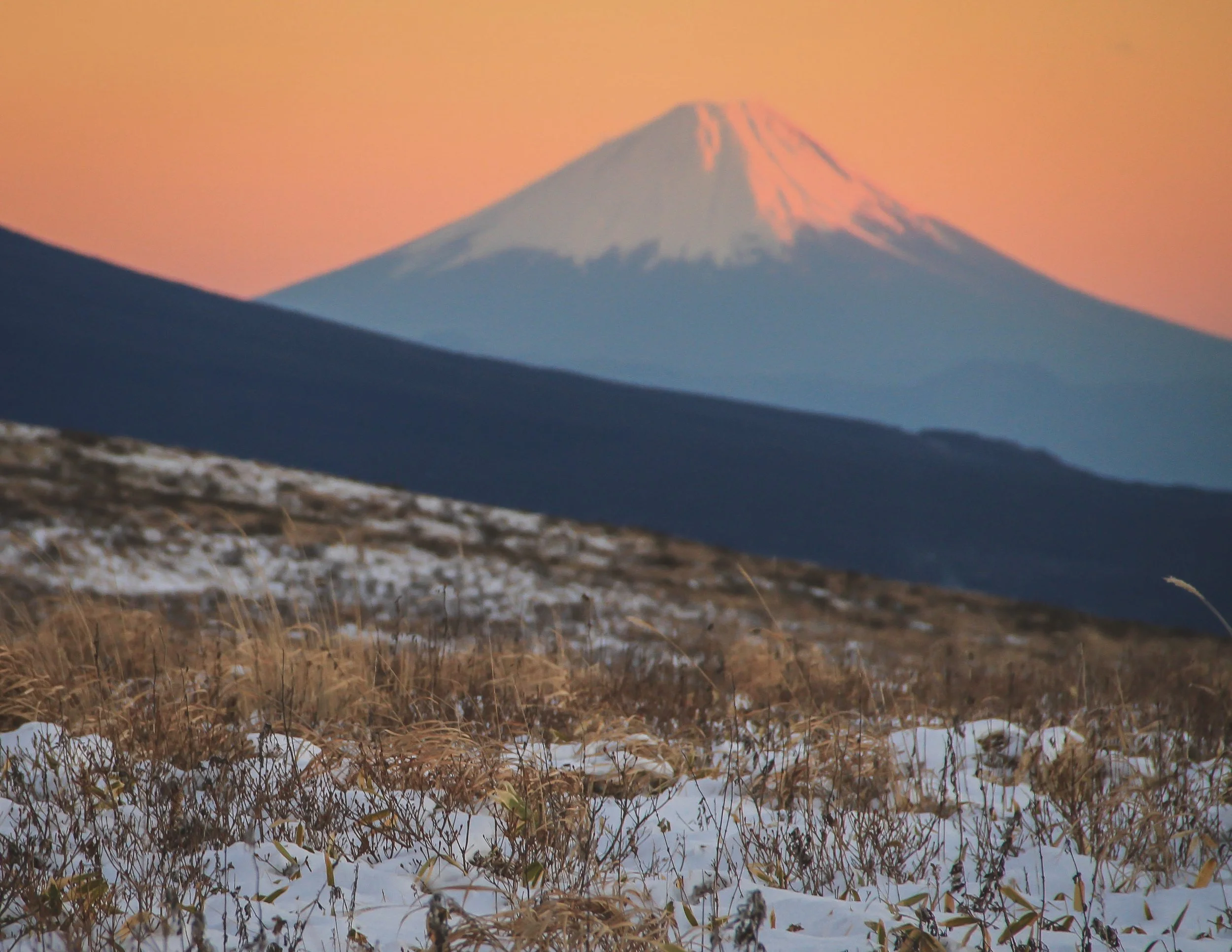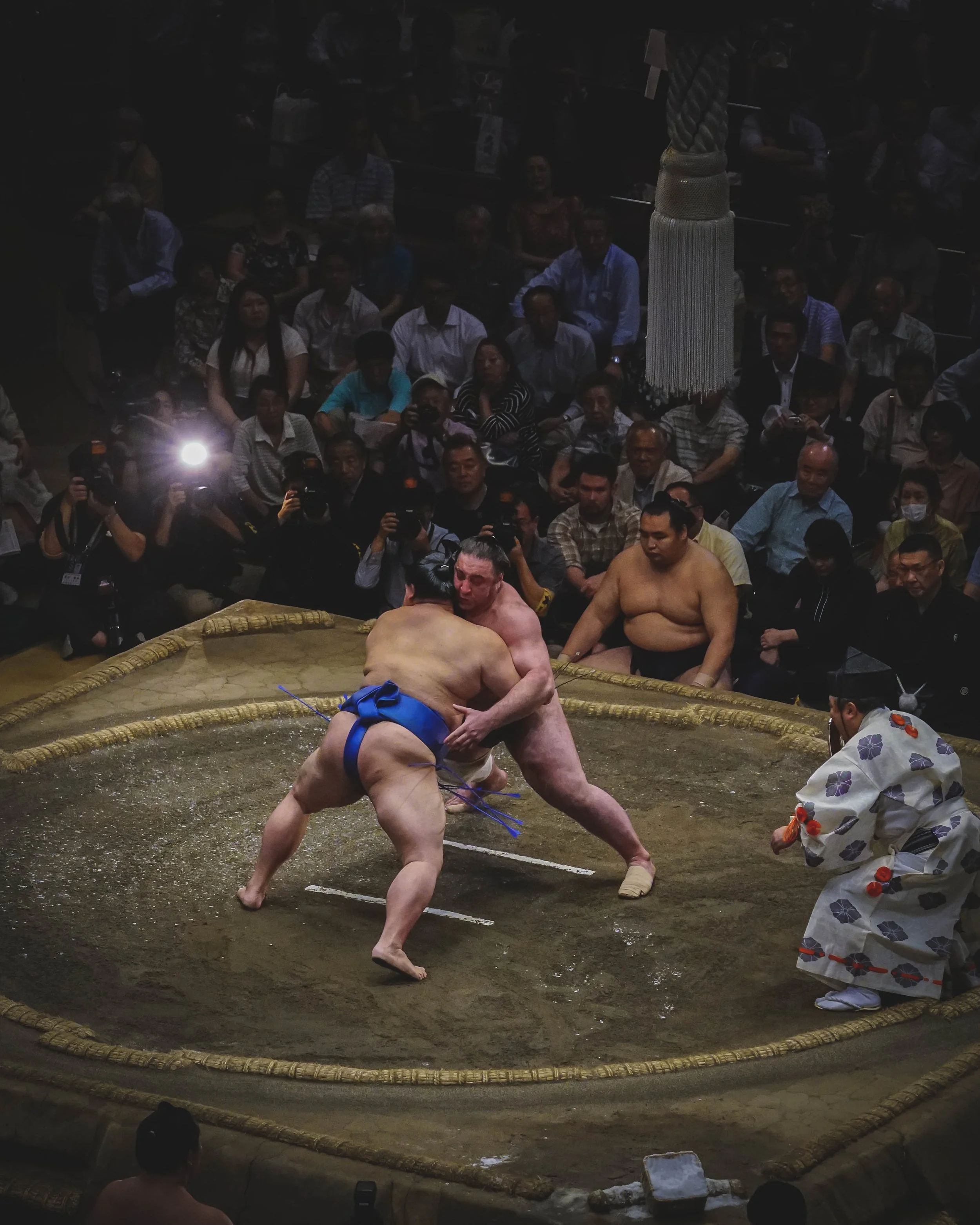Winter in Japan for Non-Skiers
by Laura Studarus
Not sporty? Not a problem!
When it comes to winter activities in Japan, skiing usually steals all the headlines. Admittedly, it’s hard to beat. Locations like Niseko, Hakuba, and Rusutsu have enough action to keep powder heads on the slopes all season long.
But if your tastes trend less towards skiing and more towards après, there’s still plenty of reasons to book a winter trip to Japan. Grab a scarf and read on, from seasonal art,to animal encounters, to a great excuse to enjoy a hot body of water, here’s a few of our favorite Japan winter adventures
Discover the Sapporo Snow Festival
Just because you’re not interested in winter sports, doesn’t mean you can’t admire the snow. The Sapporo Snow Festival, held every year during the first week of February since 1950, is a tribute to the season and the creativity it inspires. Across three sites in Odori Park, Susukino, and Tsudome, artists create huge sculptures using only ice and snow. In addition to the temporal pieces, many with interactive elements, the festival also features concerts, food stands, and special events—making it the perfect stop for long winter nights.
Explore the Kamakura Festival
But wait—there’s more festivals. Every year on February 15 and 16, the city of Yokote hosts the Kamakura Festival. During that two-day stint, the streets are filled with a series of igloo-like snow houses, called kamakura. Children take residence in the little snow huts, inviting visitors in and offering them rice cakes and amazake, in exchange for a small sacrifice to the water deities. As if that wasn’t reason enough to pay a visit, Yokote River is also illuminated during this time with hundreds of tiny lanterns transforming the entire area into a surreal sea of lights.
Visit the Snow Monkeys at Jigokudani Monkey Park
Onsens and monkeys are a ubiquitous part of Japanese iconography. But the only place they come together in the country (and in the world, for that matter) is at Jigokudani Monkey Park.
Japanese macaques are species native to Japan, and thanks to their weather-beaten red faces and long hair, they’ve earned their more common nickname, “snow monkeys.” While Nagano’s most famous residents are known to play around the onsen year-around, winter is a particularly magical time to see them. The cold weather makes it more likely they’ll be in the mood to take a dip, and it’s hard to beat the insta-worthy sight of baby monkeys wrestling in the snow.Here’s how to make the trip.
Take in the views at Shirakawa-go
If there was a contest for the best storybook views in Japan, the village of Shirakawa-go might win. Located in the Gifu prefecture, the UNESCO World Heritage site is the perfect place to wander through for a few hours. Just be sure to stay until after dark, with the A-frame roofs light up the winter night to create a postcard-worthy winter scene.
See dazzling winter illuminations
Japan doesn’t go too hard for Christmas, save for a national obsession with Kentucky Fried Chicken on December 24. However, seasonal cheer is appreciated. Across the country, the darkest months are made a bit lighter with winter illumination displays. Kobe’s display, originally lit in honor of the victims of the 1995 earthquake, is considered to be one of the most iconic and best in the country. However, nearly every region has their own special display, with lights in Nagasaki, Kanagawa, Mie, and Yokohama shining among the brightest.
Appreciate Mt. Fuji
Sure, Mt. Fuji can (and should) be visited and appreciated year-around. But the months between November and February offer the largest portion of clear days, giving you the greatest possibility of stunning views and Instagram-ready vistas. Throw in the potential for a light dusting of snow at either the Five Lakes Region or Chureito Pagoda, and you’ve got a dazzling opportunity to commune with nature.
Embrace onsen life
Yes, you can (and should) take an onsen anytime of year. But there’s something about the practice of relaxing in naturally headed spring water that just hits differently when the mercury drops. It’s not completely clear where the Japanese tradition of soaking in an onsen first originated. The earliest mention of the practice was in The Nihon Shoki (日本書紀), first published in 720 BCE. Regardless, you should embrace the Japanese of “Hadaka no tsukiai,’ or naked companionship by stripping down, showering, and then letting the hot water do its work. Here’s some of our favorite locations to get you started.
Enjoy hot winter food
We don’t need to tell you that food in Japan is incredible. (Although it’s certainly true.) One of the elements that makes Japanese cuisine so special are seasonal dishes. The reasoning is solid—you’re going to experience a winter chill, why not warm up with something hot? Snack on Zenzai, a red bean and mocha stew. Sip on amazake, a lightly fermented rice drink. Or sample Oden, the king of winter stews, which traditionally includes eggs, fish cakes, daikon, mochi, tofu, konnyaku among its many salty wonders.
Attend the Grand Sumo Tournament
If you’re an early riser, you can watch sumo wrestlers during their morning practice sessions in stables across Tokyo. But the ultimate in sports excitement happens every year in January at Honbasho, or the Grand Sumo Tournament. One of only three major matches per year, wrestlers intensely compete for fifteen days in order to determine rankings and promotions for the following year.
Hike to the Misotsuchi Icicles
Alright, this suggestion might require a bit of wintertime exertion. But if hiking rather than skiing is your thing, it’s worth checking out the Misotsuchi Icicles. The stunning natural display is in Chichibu, a short-day trip from Tokyo. Entrance is 200 yen, and comes with a stunning view from the nearby suspension bridge and a cup of amazake. Be sure to stay until after dark as the icicles are illuminated in surreal shades.









